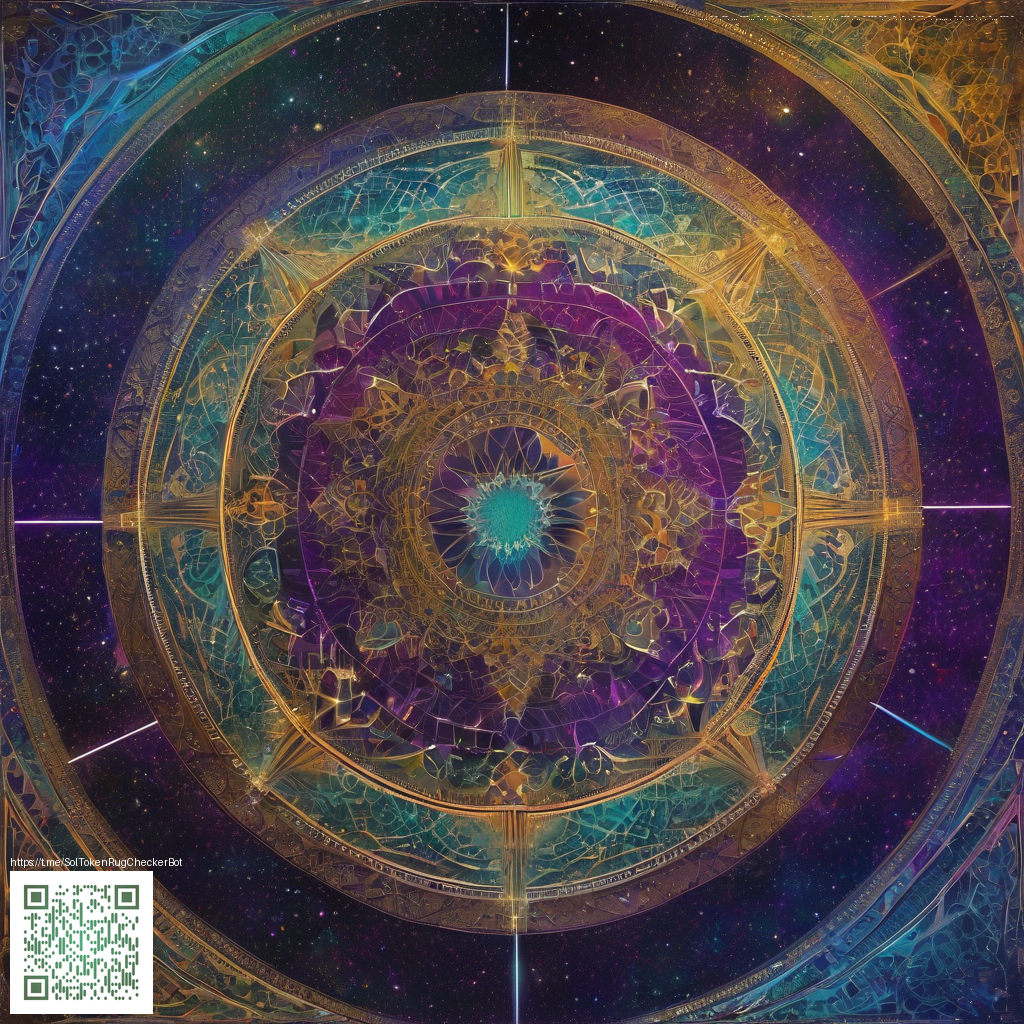
When Interactive Worldbuilding Meets the Silver Screen
Gaming worlds that feel alive often invite fantasies about how they would translate to film. Cyberpunk 2077 sits front and center in that conversation thanks to its dense urban ecosystems, granular urban myths, and a web of choices that ripple through every city street. This article dives into what makes the game exceptional on the screen and what a live action adaptation would need to capture to feel worth the ticket price. 🎮🔥
Gameplay mechanics that define the experience
At the core of the game is a sandbox of pathways. Players sculpt their character through a blend of gunplay, stealth, hacking, and social maneuvering. The look and feel of Night City come alive through responsive combat, adaptive shadows, and a nuanced skill system that rewards experimentation. In a film, many of these systems must condense into clear, cinematic beats. The artistry then shifts toward rhythm, pacing, and character focus rather than player driven variance. The challenge is preserving the optionality that makes the game so addictive while still telling a compelling story on a fixed timeline. 🕹️
From pixels to on screen blueprints
Films excel when they distill complexity into clear emotional through lines. A live action adaptation can showcase the city as a character with voice and texture that surpasses even the best cut scenes. Yet the world building that players explore through side gigs, hidden lore, and wandering conversations must be reimagined as a cinematic arc. Expect a sharper focus on main factions, core relationships, and a streamlined tech mystery. The best versions would leverage visual storytelling to imply the same rich ecosystem without overburdening audiences with exposition. A thoughtful approach could make the adaptation feel like an invitation to explore rather than a tour through a glossary.
CD Projekt Red has signaled a desire to honor Mike Pondsmiths original cyberpunk vision while adapting for a cinematic pace
Updates, patches, and community momentum
Since its launch, the game has undergone a major orchestration of changes. The 2.0 overhaul rebalanced progression, refined combat, and expanded system depth, all while expanding the city’s responsiveness to player choices. This is a reminder that a successful cinematic translation would benefit from the same sense of evolving architecture. The community has embraced these updates as proof that the universe can grow beyond its original boundaries while staying loyal to its core DNA. The enduring enthusiasm of players is a powerful argument for a well crafted adaptation that respects the source yet embraces modern storytelling tools. 🎯
Modding culture and collective experimentation
The player base has long driven the game’s longevity through modding. Fine tuned UI tweaks, quality of life improvements, additional cosmetic options, and behind the scenes gameplay refinements keep the experience feeling fresh. A film style adaptation would stand to benefit from similar collaborative energy. The lore can be deepened with tie ins that feel earned, while still delivering a cinematic experience that satisfies both die hard fans and newcomers. The spirit of modding parallels the experimentation a director and writers would undertake to shape a credible yet exhilarating screen version. 🧠
Developer commentary and the roadmap for adaptation talk
Discussion around a potential screen version has opened up conversations about casting aspirations, production scale, and narrative scope. Observers have noted the interest of figures in the industry who see the project as a natural fit for sprawling crime dramas and tech noir aesthetics. Such conversations underline a crucial point: a successful adaptation must balance fidelity with accessibility. When teams acknowledge the need to honor the source while embracing cinematic language, the chances of a beloved adaptation increase. The dialogue among fans and press keeps the conversation alive while the real work of shaping the project moves forward. ⚔️
What this means for fans of both formats
For players, the core appeal is the sense of agency and immersion built through interactive storytelling. For film lovers, the lure is a vividly realized world that can be experienced in a single, dazzling sitting. The ideal bridge between these experiences would deliver a story with strong character arcs, distinctive visual design, and a city that practically breathes through every frame. If the adaptation preserves the game’s atmosphere while delivering clear momentum and accessible action, it could become a benchmark for future cross medium tales. The conversation around how to achieve that balance continues to spark excitement across the community. 🎮
Bottom line from the crew to the crowd
The critical challenge is not whether a film can replicate the game mechanics on screen, but whether it can translate the lived feel of Night City into a cinematic rhythm. The best takes will honor the world’s core influences while inviting audiences into a story that feels fresh and gripping. Expect a blend of neon beauty, grounded character drama, and a willingness to depart from source quirks when necessary for dramatic impact. The result could become a shared space where gamers and film fans converge to celebrate a flexible but faithful adaptation process. 🕶️
Explore the possibilities with the official gear and companion items that celebrate this vibrant universe. For fans who want to carry a piece of Night City into the real world, check out the product linked below. Gear up and stay ready for the next big leap in this ongoing conversation about how interactive worlds translate to cinema.
Magsafe Phone Case with Card Holder